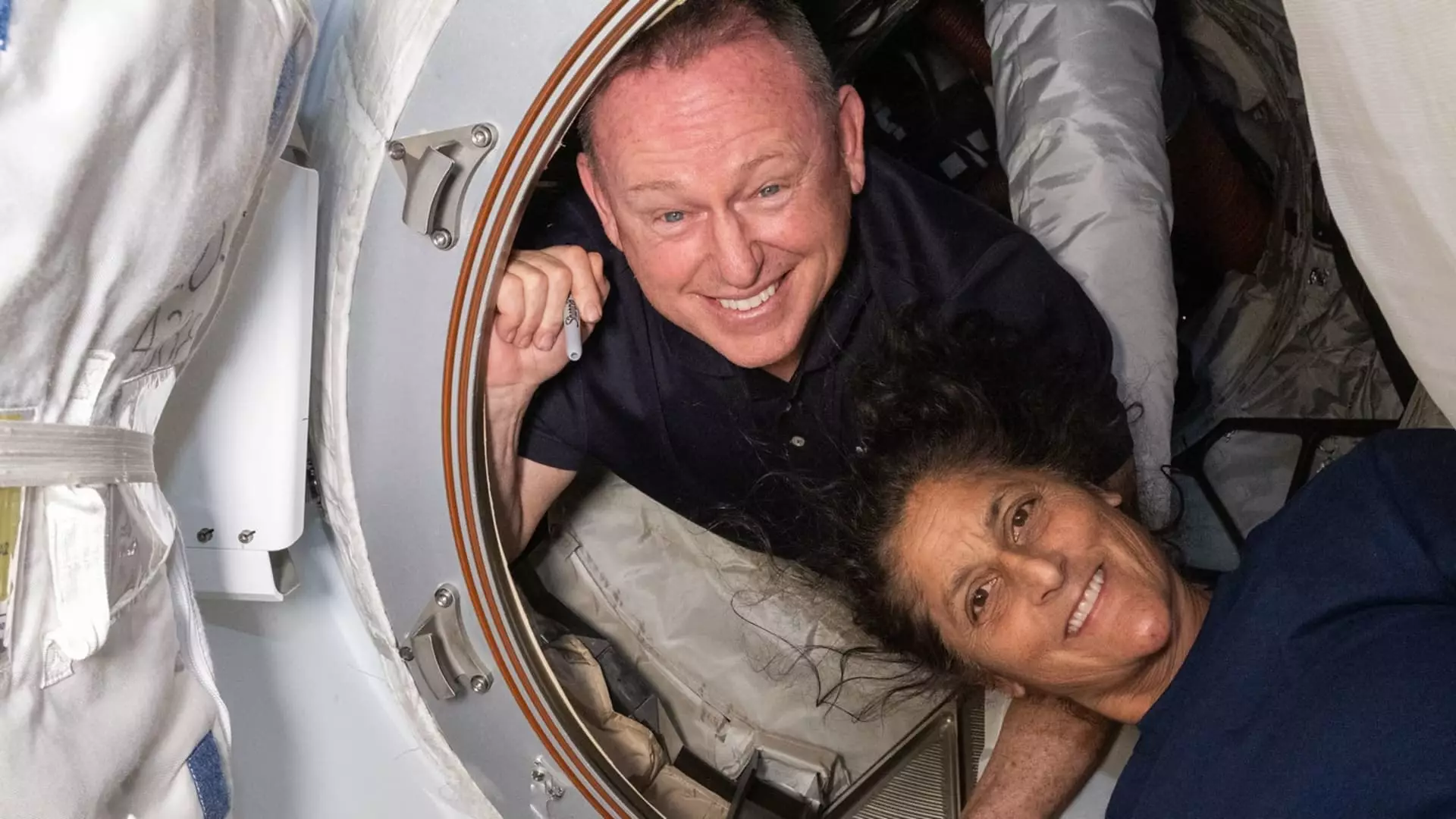Boeing’s Starliner capsule, which delivered NASA astronauts to the International Space Station in early June, will now be returning to Earth empty. This decision was announced by NASA on Saturday, stating that astronauts Butch Wilmore and Suni Williams will now return via SpaceX’s Dragon spacecraft. This change comes as a surprise, as it was previously believed that Starliner would be the primary choice for bringing back the crew. However, issues with the propulsion system during the crew flight test led to this reversal.
With Boeing’s Starliner facing setbacks, NASA has turned to SpaceX to bring the astronauts back home. The Dragon spacecraft is scheduled to launch its ninth regular mission to the ISS on Sept. 24, with Wilmore and Williams onboard. This shift in plans highlights the importance of having multiple options for transporting astronauts to and from the ISS. SpaceX will now play a critical role in ensuring the safe return of the astronauts.
Boeing has been working closely with NASA to address the issues with the Starliner capsule. The decision to bring it back empty was made in order to prioritize safety and understand the root causes of the problems encountered during the test flight. This setback for Boeing underscores the challenges involved in developing spacecraft for crewed missions to space. The company will need to make design improvements to ensure the reliability of the Starliner for future missions.
In response to NASA’s decision, SpaceX has expressed its readiness to support the agency in any way possible. Gwynne Shotwell, President and COO of SpaceX, reassured NASA of the company’s commitment to the mission. SpaceX will now accommodate Wilmore and Williams on its Crew-9 vehicle, adjusting its plans to ensure the safe return of the astronauts. This collaboration between NASA and SpaceX demonstrates the importance of a flexible and adaptable approach to space missions.
The challenges faced by Boeing with the Starliner capsule have significant implications for NASA’s Commercial Crew program. The agency had high hopes for having both Boeing and SpaceX alternating missions to the ISS, but the recent setbacks have complicated this vision. Boeing’s delays and technical issues have put a strain on the program, with over $1.5 billion in losses already incurred. The future involvement of Boeing in the Commercial Crew program now hangs in the balance.
The decision to return Boeing’s Starliner capsule from the ISS empty marks a significant turning point in NASA’s plans for crewed missions to space. The challenges faced by Boeing underscore the complexities involved in developing reliable spacecraft for human spaceflight. With SpaceX stepping in to support the safe return of the astronauts, the focus now shifts to addressing the issues with the Starliner and ensuring the success of future missions.NASA’s commitment to safety and collaboration with commercial partners will be crucial in overcoming these challenges and advancing the capabilities of human space exploration.

